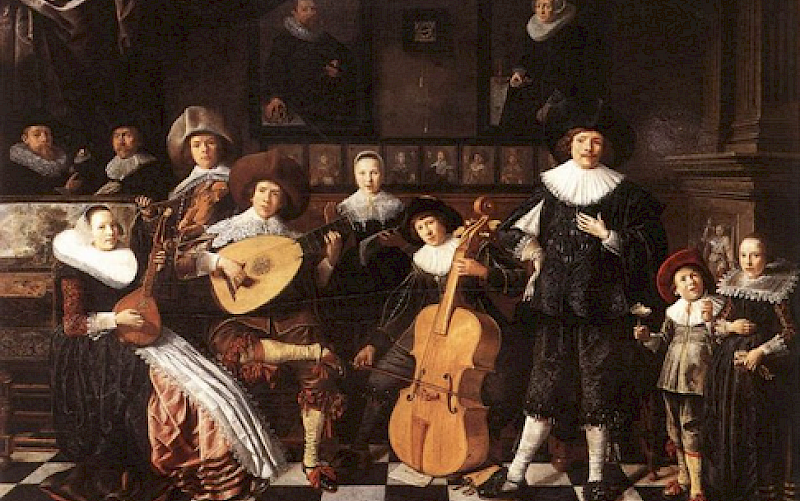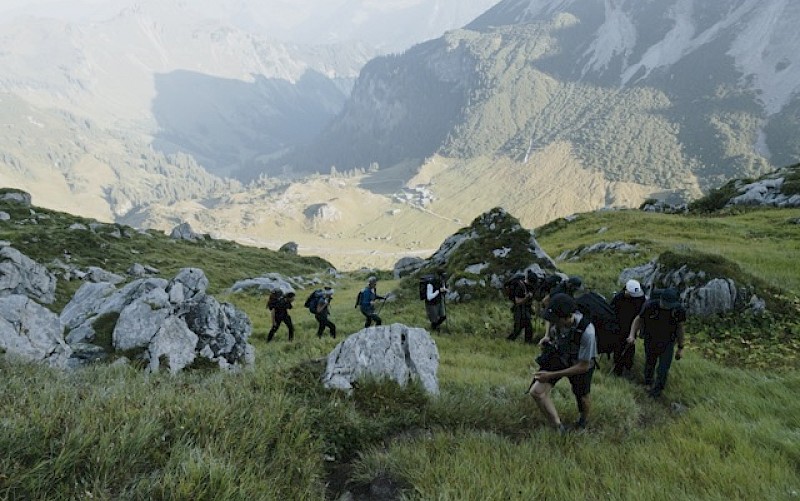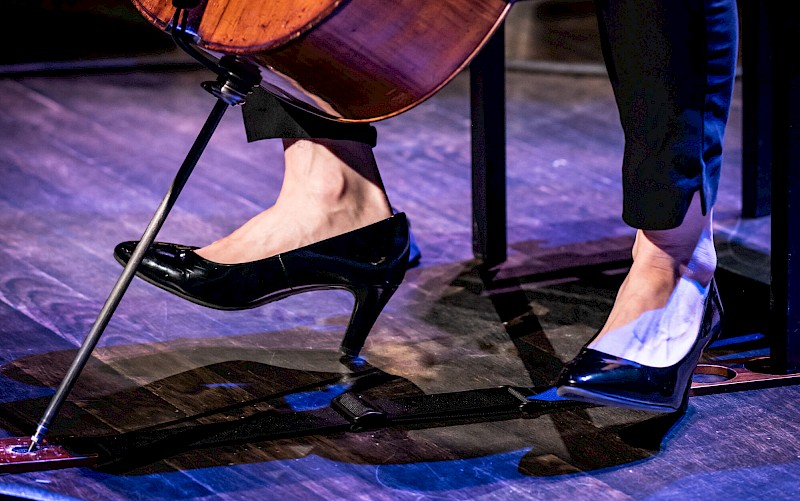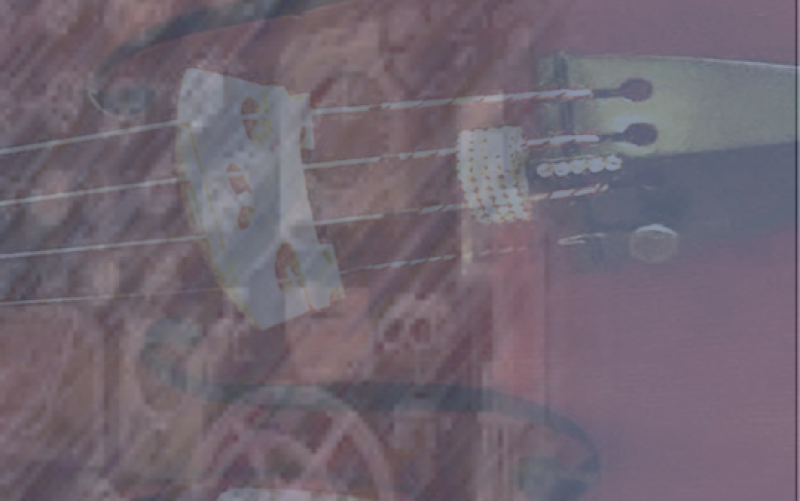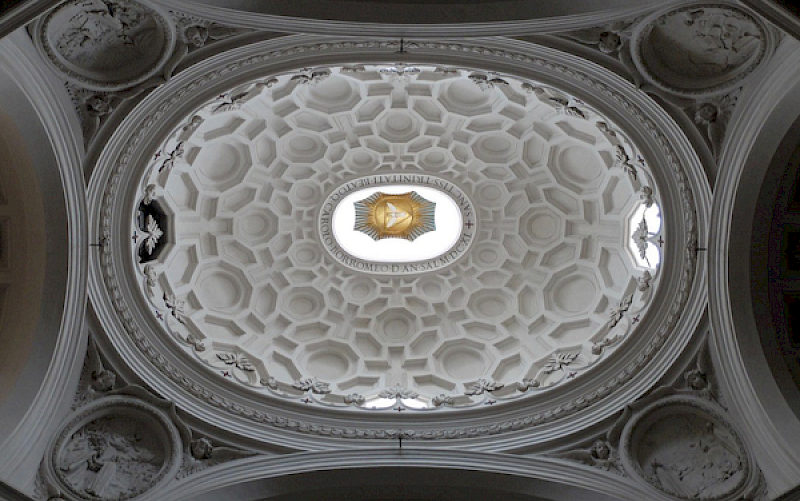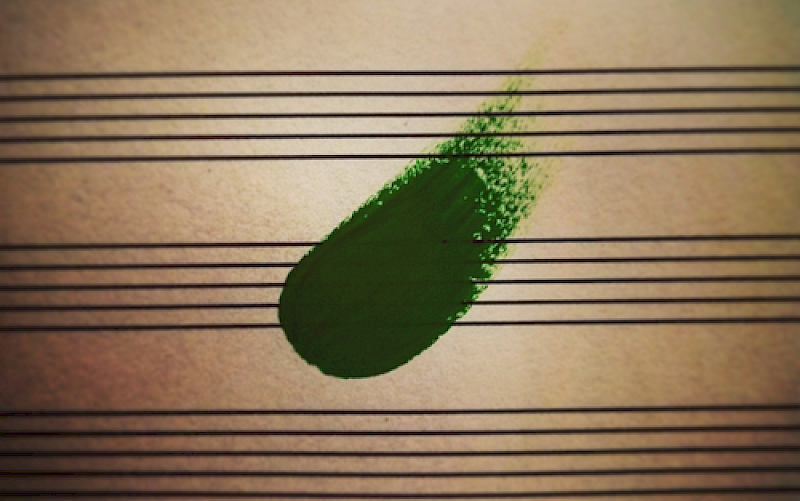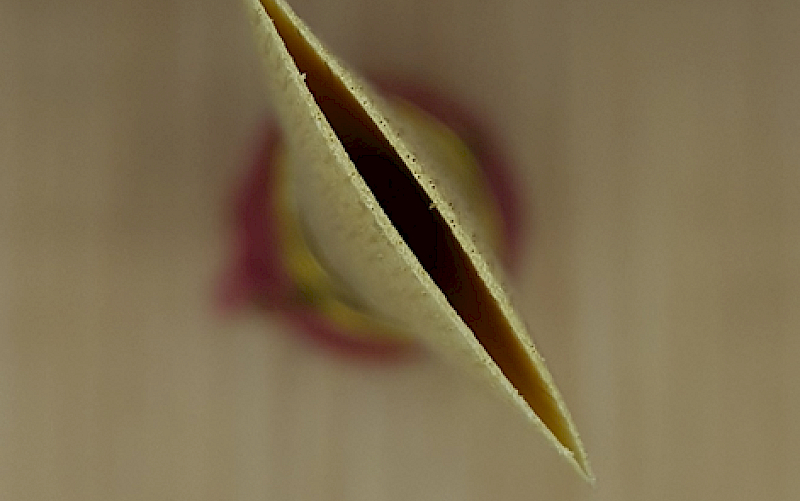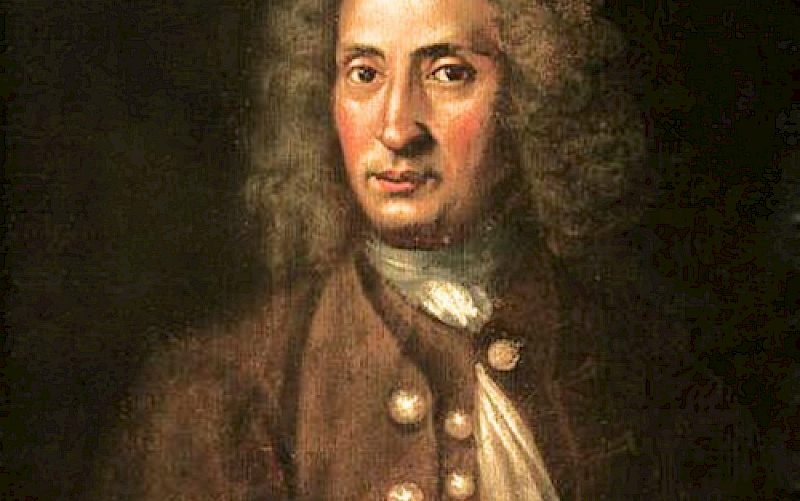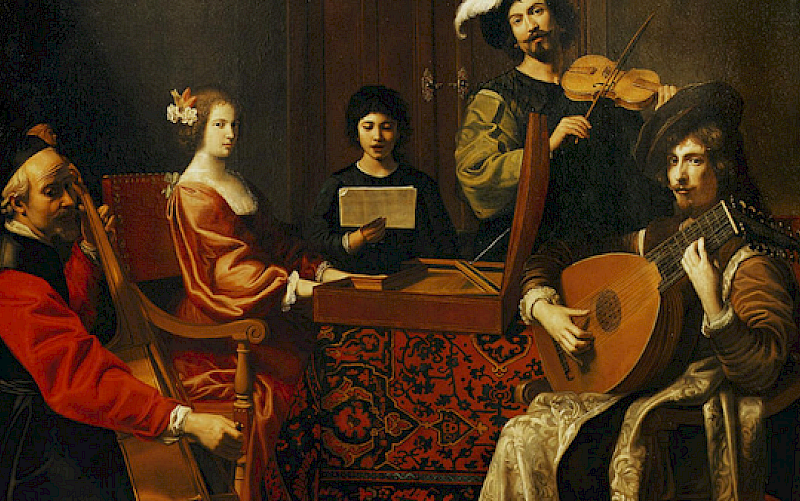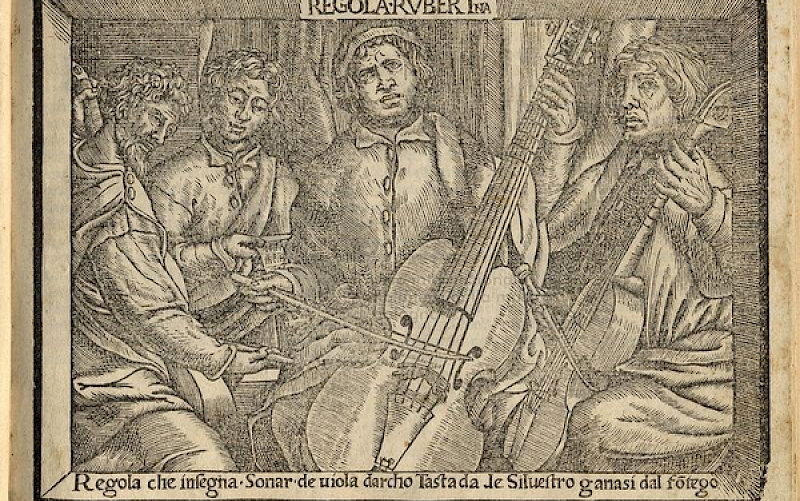The violin-type fingering and oblique left hand position in the history of cello technique
Name: Paulina Ptak Main Subject: Baroque Cello Research Coaches: Maggie Urquhart, Job ter Haar Title of Research: The violin-type fingering and oblique left hand position in the history of cello technique Research Question: what were the possible reasons for the application of diatonic fingerings and violin-like left hand position in the history of the cello technique? Summary of Results: Before 1800, cellists did not have a consistent manner for fingering scales with the left hand. From the origins of the instrument till the beginning of the nineteenth century different systems were used. One of the styles seemed to be more identified with the violin than with the cello technique. It was represented by fingering and left hand position, different than used today. By looking at the history of development of the cello fingering I will try to answer questions about possible reasons of applying violin-like fingering on the cello. I will examine methods employed on early bass instruments, much debated system proposed by Corrette, and Lanzetti’s and Baumgartner’s approach which transitions the diatonic and chromatic systems. I will see how Romberg and others, even though fingering had evolved to the final level, applied oblique violin-like, left hand position until the beginnings of twentieth century. Finally I will look at the examples from cello repertoire which contain fingerings, and I will analyze them in terms of the system used and possible ways of execution. Biography: Paulina Ptak embarked upon her musical education in two of the most important Polish musical centres – the city of Cracow and Wroclaw. After completing her Master’s degree, she decided to specialise in baroque, classical and early romantic repertoire performed on authentic instruments. Her motivation to a historically informed approach was inspired by the unique timbre of period instruments. Currently she studies baroque cello for a Master’s degree with Jaap ter Linden. Paulina is interested in the history of cello technique from eighteenth until twentieth century.
